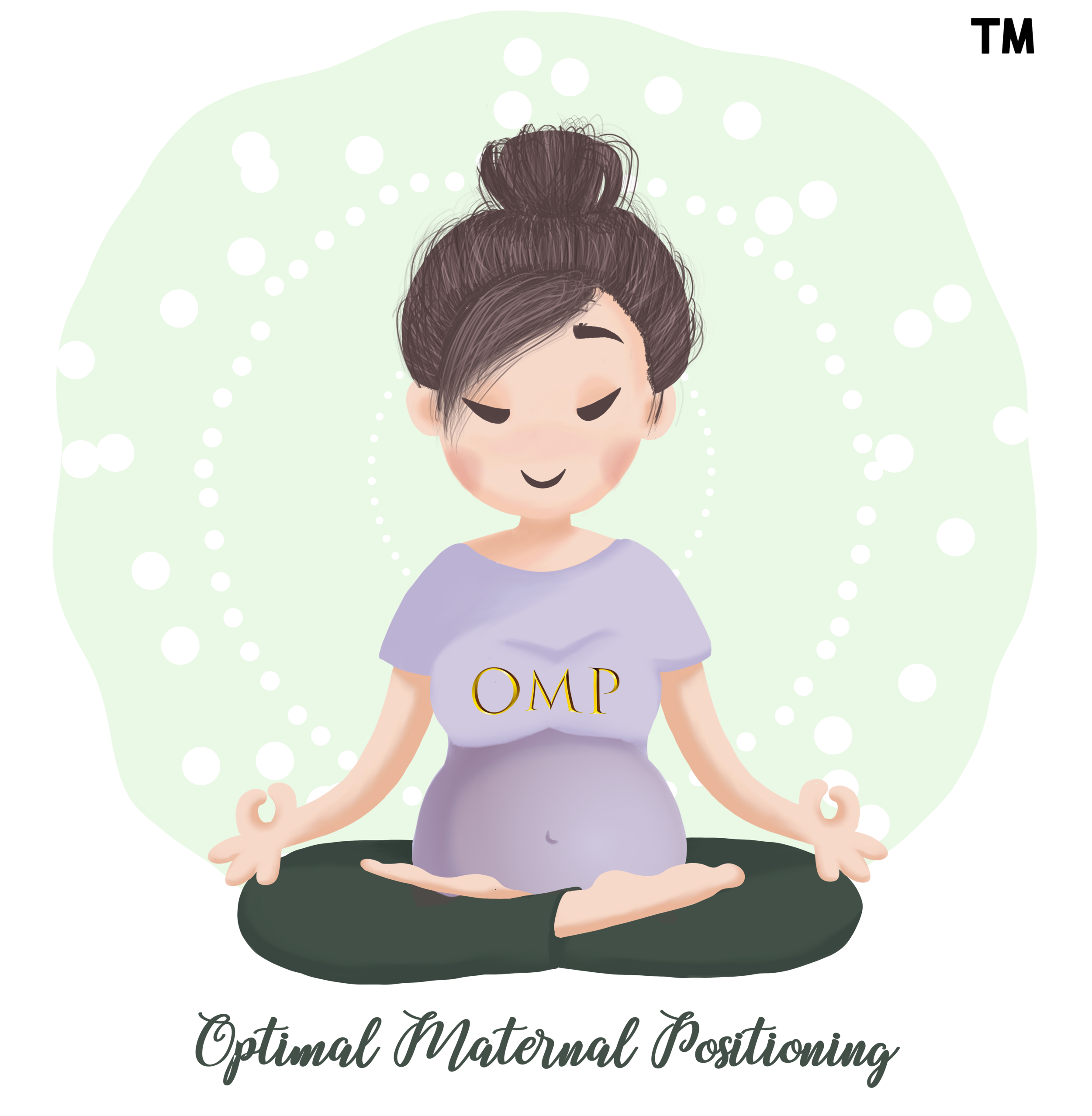2.4 External & Internal Rotation of the Femur
Standing
External Rotation of the femur in a standing position can be done with one leg or both legs
Kneeling
External Rotation of the femur in a kneeling or ‘all-fours’ position can be done with one leg or both legs
Sitting
External Rotation of the femur in a sitting position can be done with one leg or both legs
2.4 external & Internal rotation of the femur
External and Internal rotation of the femur are movements that cause contranutation/nutation of the iliac, hence modifying the opening of the pelvis. What does that mean?
External Rotation of the femur: When we externally rotate the femur, we open the front of the pelvis modifying the pelvic opening, creating more space for babies to enter the greater and inlet pelvis. This is helpful for when babies are engaging, descending and flexing through their cardinal movements.
Internal Rotation of the femur: When we internally rotate the femur, we open the back of the pelvis modifying the pelvic opening, creating more space for babies to go through the mid and outlet pelvis whilst creating more space for the sacrum to move. This is very helpful for when babies are internally rotating from inlet to mid-pelvis and moving from mid-pelvis to outlet pelvis.
External & Internal Rotation of the Femur can be done in these OMP Active Birth Positions:
Standing with either one or both legs in external and/or internal rotation;
Sitting on a gym ball or birth stool or toilet seat with either one of both legs in external and/or internal rotation;
Kneeling or ‘all-fours’ with either one of both legs in external and/or internal rotation;
Side-lying with the upper leg in external and/or internal rotation;
Supine with either one or both legs in external and/or internal rotation
Standing
Internal Rotation of the femur in a standing position can be done with one leg or both legs
Kneeling
Internal Rotation of the femur in a standing position can be done with one leg or both legs
Sitting
Internal Rotation of the femur in a standing position can be done with one leg or both legs
External & Internal Rotation of the femur can be done concurrently with other OMP Pelvic Mobility Protocols such as 2.2 Hip Extension and Flexion and 2.3 Asymmetry of the femur.
For OMP Active Birth Positions , OMP Pelvic Mobility Protocols and OMP Comfort Measures to be effective, it has to be done during contractions and used for 5-10 consecutive contractions to see if it is effective in enabling labor to progress.
External Rotation of the Femur
Using sitrrups on the hospital bed
Internal Rotation of the Femur
Using sitrrups on the hospital bed








